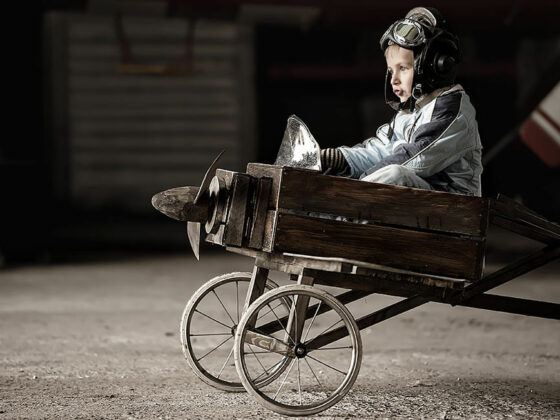Introduction
You’re probably familiar with visualization as a technique for achieving goals. But did you know that visualization can also be used to promote relaxation and stress reduction?
Visualization is a technique that uses your imagination to create pictures in your mind. When you visualize something, you create a mental image of it. You can use visualization for many different purposes, such as to improve your performance in a sport or to relax your mind and body.
In this article, we’ll explore how visualization can be used for relaxation and stress reduction, and we’ll look at some simple techniques that you can try.
What Is Visualization?
When you hear the word “visualization,” what comes to mind? For many people, it’s the mental practice of creating images in their minds. And this is what visualization is all about— using your imagination to create a picture.
But it’s not just about creating images for the sake of it. The idea is to focus on those images and really get lost in them. This takes practice, but eventually, it’ll become second nature. And when you’re able to do this, you’ll find that it’s a great way to promote relaxation and stress reduction.
Why is this? It’s because when you’re visualizing, you’re not thinking about the things that are stressing you out. You’re focused on the images in your mind, and this can be really soothing. So if you’re feeling overwhelmed, give visualization a try. It might just be what you need to relax and de-stress.
What Are the Benefits of Visualization?
When you’re feeling stressed out, visualization can be a great way to promote relaxation and stress reduction. By picturing yourself in a calm, relaxing environment, you can take a break from the chaos of everyday life.
And there are many other benefits to visualization. It can help you focus better and increase your productivity. It can also boost your creativity and help you come up with new ideas.
But visualization isn’t just for when you’re feeling stressed out. You can also use it to achieve your goals. When you visualize yourself achieving your goals, you’re putting yourself in a positive state of mind, which will help you achieve them faster.
How to Visualize for Relaxation and Stress Reduction
When it comes to visualization, there are a few things you need to know in order to get the most out of it.
First, find a quiet place where you can relax without any distractions. Second, make sure you’re in a comfortable position— you may want to sit or lie down. And third, close your eyes and take a few deep breaths, until you feel yourself start to relax.
Now that you’re in a relaxed state, it’s time to visualize. The key is to focus on every detail of the image in your mind’s eye. See the colors, feel the textures, and hear the sounds. Allow yourself to get lost in the image, and don’t let any negative thoughts or stressors enter your mind.
Take your time with this, and practice regularly. Soon you’ll find that visualization is a great way to promote relaxation and stress reduction.
10 Relaxation Visualization Exercises
When it comes to reducing stress, visualization is incredibly powerful. In fact, it’s one of the most effective tools at our disposal.
But how does it work? When we visualize something, our brains process it in the same way as if we were actually experiencing it. This is because the brain can’t tell the difference between reality and imagination. So when we close our eyes and picture ourselves in a calm and relaxed state, our bodies start to relax too.
In fact, research has shown that visualization can be just as effective as medication for some people. It’s definitely worth giving a try the next time you’re feeling stressed out.
Here are 10 relaxation visualization exercises to get you started:
Combining Visualization With Other Relaxation Techniques
So you’re trying to relax, but you’re finding it tough to shut off your brain. You’ve tried counting to ten, deep breathing, and visualization, but nothing seems to be working.
Well, have you tried combining visualization with other relaxation techniques? This can be a really effective way to relax your mind and body.
For example, you could try counting to ten while you’re visualizing yourself in a calm and peaceful place. Or you could try deep breathing while you’re visualizing yourself doing something that makes you happy.
The key is to experiment until you find a combination that works for you. And don’t be afraid to use different techniques at different times. You might find that one technique works great for relaxing your body, but another technique is better for calming your mind.
Tips for Making Visualization a Part of Your Daily Routine
You can make visualization a part of your daily routine by following these simple tips:
1. Find a quiet place to relax.
2. Close your eyes and take a few deep breaths.
3. Visualize yourself in a calm, peaceful place.
4. Take your time and focus on all the details of the scene.
5. When you’re finished, slowly open your eyes and return to the real world.
It may take a bit of practice to get used to visualization, but it’s worth it for the peace of mind it can provide. And don’t forget— you can use visualization for any goal you’re working on, not just stress reduction. So give it a try and see how it works for you!
Conclusion
By using visualization, you can train your brain to relax and de-stress in difficult situations. It’s a simple, easy way to take control of your mental state, and the benefits can be huge. The next time you’re feeling overwhelmed or stressed, give visualization a try. You may be surprised at how well it works.









